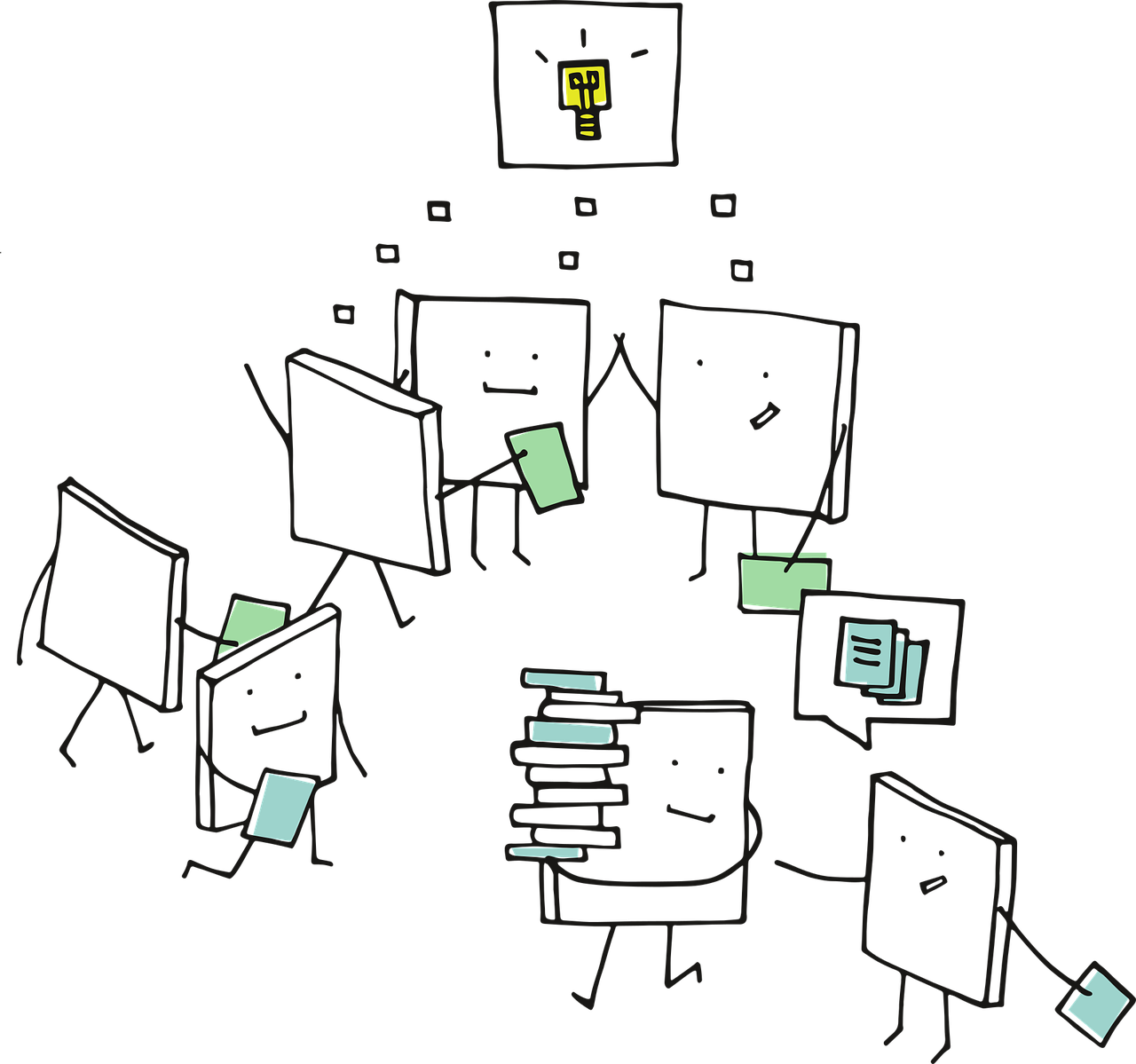
Co-creating a written text with students that reviews what students watched, read, discussed, or orally created in class.
Image by Freepik
Write & Discuss is an essential strategy in every teacher's toolkit. For this strategy, a teacher co-creates a written text with students to review what students discussed, watched, read, or orally created in class. Through this process, students revisit familiar content to deepen their connection and comprehension.
This is a great way to get another repetition of the input of the day and to recap everything in a comprehensible written summary. In this strategy, the teacher also models the writing process for students while keeping the process input-driven. Some teachers write while asking students to listen and confirm the details while others ask students to also write / copy down the text as it's being created.
Featured video: Watch as Señora Chase does a Write & Discuss with her Spanish students to summarize the story they read in class.
By AnneMarie Chase
In this blog post by Spanish teacher Brett Chonko, there is an excellent breakdown of the "Star Sequence" (from Tina Hargaden) where one can see how to incorporate Write & Discuss into the daily flow of class. However, the ENTIRE blog post is an inspirational testimony to the power of proficiency-based language teaching. A must-read for all language educators!
Usually when teachers are focused on engaging students in the conversation, the things written on the board are notes, words & phrases, or doodles to help scaffold the language being used. Rarely is it actually a fully written text. Write & Discuss, however, is a full & complete written text encompassing the oral / aural exchange.
It is a natural progression, after giving students any amount of compelling aural input, to then model the writing of that input. This process also gives teachers the chance to recycle all the language used and, since students are processing faster at this point, introduce transition words & possibly make the language slightly more complex. The final text also serves as a text you can use for literacy and extension activities in the future.
This depends on the input you are summarizing. Sometimes it could be as simple as a 5 minutes. Sometimes, it may take closer to 15 minutes to recap & summarize on the board. It shouldn't take half of your class period. If it does seem to drag on, consider doing write & discuss more frequently so there is less input to summarize.
The basic principles are to write down a summary of the aural input either directly on a whiteboard, on a paper with a doc cam, or type onto a document & to co-create the summary WITH your students. This allows for the teacher to check for students comprehension of the aural input while editing for clarity & helping to model the natural, written form of the language. See Ben Fisher-Rodriguez's blog post for an excellent step-by-step breakdown of the process.

Reading the text aloud is great for students to hear their co-creation in all its flowing glory. A variation is to have the students read the text back to the teacher, but in the L1. The teacher goes along pointing word by word, in the L2 word order, to make sure that students really understand word meanings, and also to illustrate specific characteristics of the written L2.

Check for comprehension (aka formative assessment!) by getting your students moving. Ask yes/no questions based on the text. If the answer is yes, students move (stand up, move to a new location, etc.) Ask a question with multiple options. Students move to a corner of the room that aligns with their chosen option. Or give an oral "quick quiz" or sentence scramble activity. Do a reader's theater-style dramatic reading of the text. Build the text out into an Embedded Reading for more literacy activities.
Using the write-up from write & discuss, do a quick quiz or written assessment. Students take out a piece of paper and answer true / false questions, either/or questions, or open-ended questions about the text. This falls under the "interpretive assessment" category - students are receiving input and making sense of it, then demonstrating that comprehension.
Can-Do statements - have students self-reflect using Can-Do statements to see how they feel about their own capabilities. Free-writes - Give students 5 minutes to write down anything they can, bullet format or full sentences, drawing pictures or illustrations, to demonstrate their comprehension.
There are so many ideas for assessment! For a better, more comprehensive deep dive into assessments for standards-based and proficiency-oriented language teaching, read Martina Bex's article on assessments for language classes and standards-based grading. Also Scott Benedict's articles on assessments and standards-based grading.
Have you used Write & Discuss in your classroom? Do you have tips, resources, a story or video demonstration to share? Drop me a line!
